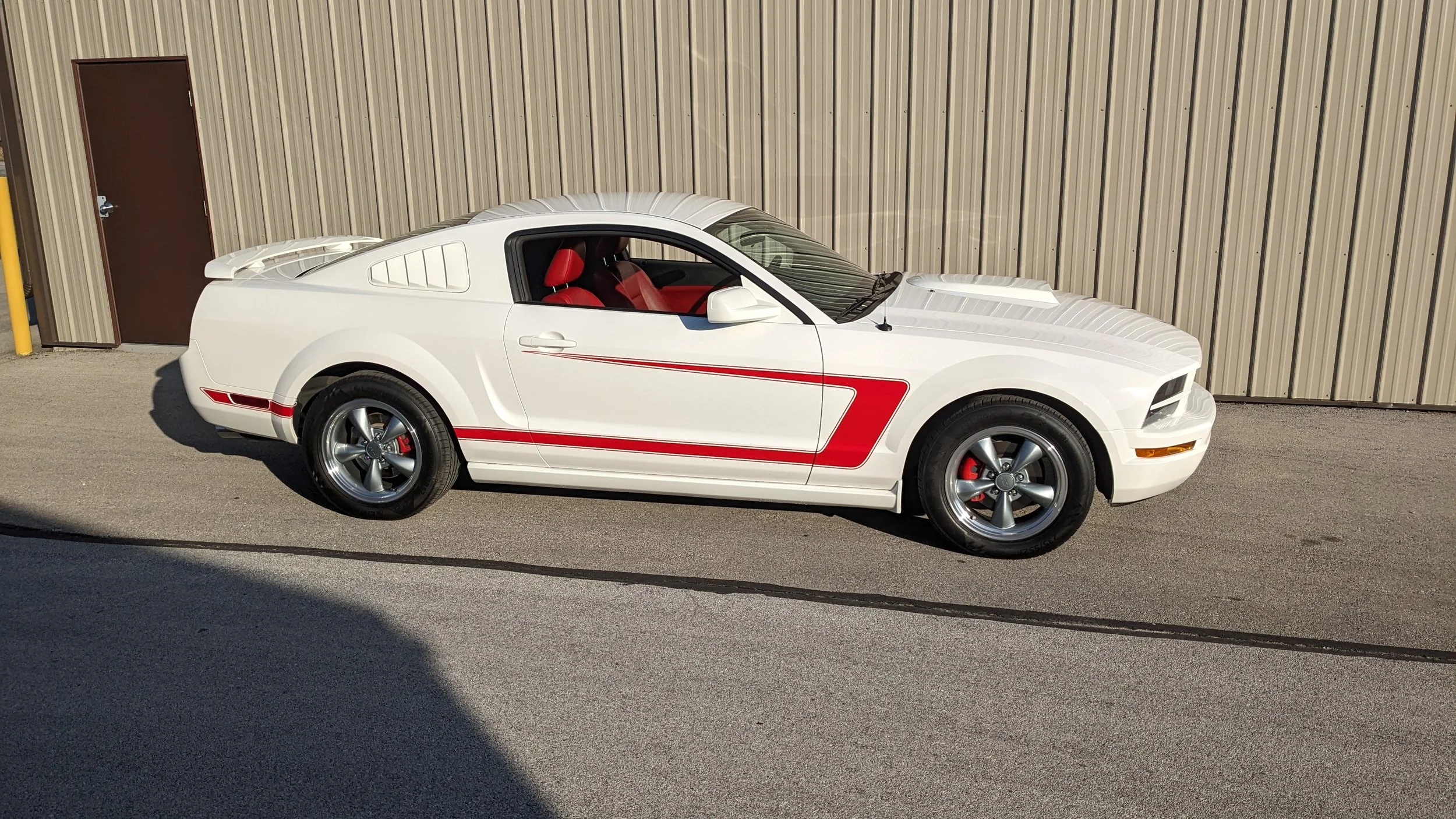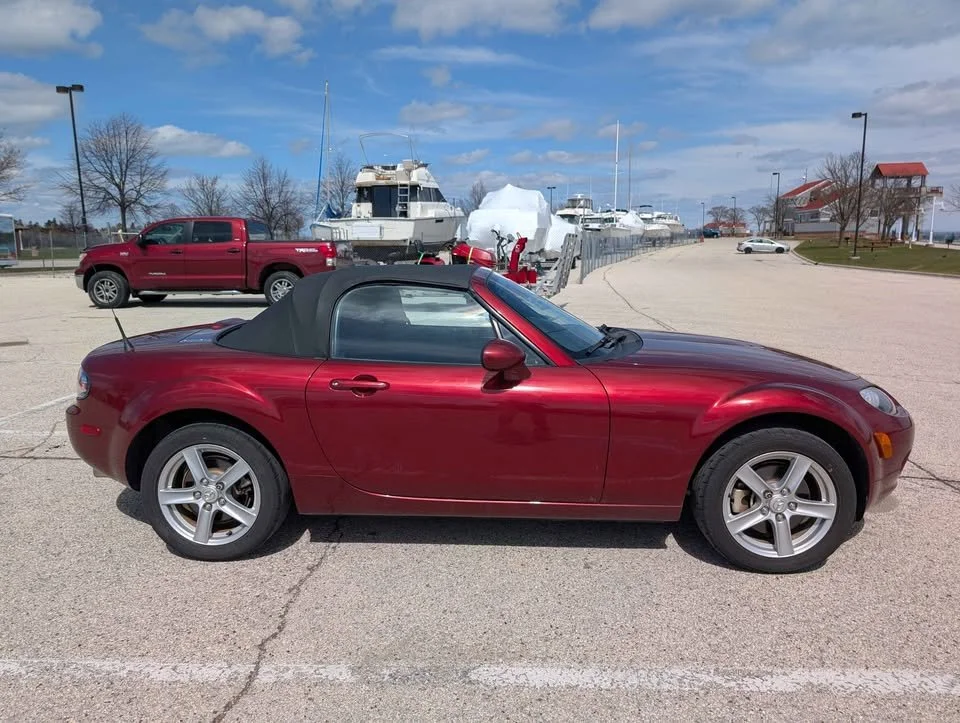I Really Did It
It’s pretty amazing how fast things can change. I wanted to update you on some of the progress I’ve made over the last couple of months. My two biggest changes involve fast food and cars.
A while back, I mentioned that one of my goals for this year was to consume less fast food. When I say “fast food,” I really mean anything that wasn’t bought as groceries, eating out, takeout, etc. In 2024, from January 1st until May 31st, I spent $516.79 on this type of food. Not too crazy, honestly, but I knew I could do better.
Given that it’s now the end of May 2025, I thought I’d check where I stand. This year, during the same time period, I’ve spent only $136.47—nearly a 74% decrease from last year! Woo hoo!
This all goes back to value. What do I really care about, and what isn’t important? A 74% decrease is a big drop, but honestly, my life feels exactly the same. As we’ve discussed previously, eating out isn’t something I care about, and this year really proved it to me.
One unexpected side effect has been weight loss. By chance, I stepped on the scale in mid-March and noticed I was lighter than before. From March to May, I’ve consistently been 5 to 6 pounds lighter. Maybe it’s just a coincidence, but nothing else has changed in how I live or eat.
So far, it seems like only good things have come from this little experiment:
I saved about $400 compared to last year in this category.
I lost weight. Even though I’m not overweight and not trying to lose weight, it never hurts to lose a couple of pounds.
I proved to myself I could do it and stayed committed to my values.
The other big change I’ve made in the last couple of months involves my car situation.
Saving $400 over five months on eating out is great, but it’s not life-changing. However, selling two cars and freeing up $500–$600 per month is a different story.
When I revisited my value equation, I realized how much I was sacrificing, especially my time—just to keep two extra cars around. I knew something had to change.
Back in April, I sold the first of my cars for about $9,000 to a nice 19-year-old looking for a fun ride. Of course, I was a little sad to see it go, but after the sale, I felt great—both for regaining the money and knowing the ongoing expenses were gone.
I sold the second “fun” car about two weeks ago to a couple in their early 30s, who told me it had been their dream car growing up. Again, I was a little sad, but like last time, I felt relieved once it was gone.
What I noticed with both cars was that the idea of selling them felt worse than the actual experience. Now that some time has passed, I don’t miss them nearly as much as I expected. I thought back to other cars I’ve sold in the past, cars I thought I’d miss—and it turns out I really don’t. Okay, that’s a lie…maybe I miss them a little, but nowhere near as much as I had imagined.
The reason for selling these cars was that I realized the opportunity cost of keeping them, along with my daily driver, was too high for someone aiming to achieve FIRE (Financial Independence, Retire Early) in their mid-to-late 30s. My plan is to take the proceeds and monthly savings and invest them instead.
That said, I did take a slight detour. The day after I sold the second car, I came home with a shiny, new-to-me 2006 Mazda Miata. For years, I’ve wanted to learn how to drive a manual transmission, and I also wanted to experience a lightweight car, especially a convertible. Coming from the world of Mustangs I thought this might be a good experience. This car checked all three boxes.
I paid just under $10,000 for it—only about 40% of what I made selling the other two cars. My plan is to learn to drive stick over the summer and then sell it before winter. I intend to list it for sale between late July and early August to give myself plenty of time to sell.
Sometimes, I find myself wondering what I’d do differently if I weren’t pursuing FIRE. How would I spend my time and money? I’ve also asked myself whether keeping a fun car, even at the cost of delaying FIRE by a year or two—might be worth it.
I’m a bit indecisive on that point. I recognize that even reaching FIRE at 40 is still considered young. I also recognize that you only get one life, and once your 20s are gone, they’re gone forever.
So here’s the real question I keep coming back to:
How can I achieve FIRE in a reasonable time while still making the most of life now—and reducing the chances of regret later?
It’s all about maximizing life while striving for my goals.
There’s a lot to think about, but so far, I’m happy with the progress I’ve made.



